Painted by Imamura Zuigaku Yoshitsugu (died in 1793) Japan, dated 1780, Edo period (1615-1868) Three handscrolls, painted with ink, watercolors, and gold on paper, each with a silk brocade frame. The handscrolls are an old reproduction of the famous emaki painted by Hidanokami Korehisa in 1347, which is now an Important Cultural Property in the collection of the Tokyo National Museum and was itself a copy after the original emaki painted in 1171, which is now lost. They tell the story of a largescale battle over power between two samurai groups, Minamoto no Yoshiie and Kiyohara no Iehira during the Heian Period. Yoshiie, the governor of Mutsu, defeated the Kiyohara clan of Dewa by taking advantage of their inner conflict. Following the Zen Kunen no Eki (battles that took place in Oshu in the late Heian period), the Gosannen Kassen began in 1083 and ended in 1087 when Yoshiie seized Kanazawa-saku, a stronghold of Kiyohara no Iehira and others, subjugating the Oshu region. Scroll 1 (Vol. 1): SIZE 46 x 1,866 cm Scroll 2 (Vol. 2): SIZE 46 x 1,705 cm Scroll 3 (Vol.3): SIZE 46 x 1,964 cm Condition: Each scroll in a superb state of preservation with fresh colors, the scrolls were evidently stored well and only very rarely opened. Some minor non-distracting surface wear, little soiling and creasing, few minuscule losses and tears. Provenance: From an old French private collection. Emaki, also called emakimono (or less commonly ekotoba), is an illustrated horizontal narration system of painted handscrolls that dates back to the Nara period in 8th century Japan, initially copying its much older Chinese counterparts. They combine calligraphy and illustrations and are painted on long rolls of paper or silk sometimes measuring several meters. The reader unwinds each scroll little by little from right to left, revealing the story as seen fit. Emakimono are therefore a narrative genre similar to the book, developing romantic or epic stories, or illustrating religious texts and legends. The format of the emakimono, long scrolls of limited height, requires the solving of all kinds of composition problems: it is first necessary to make the transitions between the different scenes that accompany the story, to choose a point of view that reflects the narration, and to create a rhythm that best expresses the feelings and emotions of the moment. In general, there are thus two main categories of emakimono: those which alternate the calligraphy and the image, each new painting illustrating the preceding text, and those which present continuous paintings, not interrupted by the text, where various technical measures allow the fluid transitions between the scenes. Today, emakimono offer a unique historical glimpse into the life and customs of Japanese people, of all social classes and all ages, during the early part of medieval times. Only few of the original scrolls have survived intact, with around 20 being protected as National Treasures of Japan, and many have been either partly or entirely lost. However, due to the importance of certain emaki, faithful reproductions, known as mohon, were made through the centuries. Some of these reproductions, particularly older ones such as the present lot, as well as copies of lost scrolls and those painted by noted artists, are considered as valuable as the originals. The stirring events of the Later Three Year War were first recorded in pictorial form during the late Heian period. The earliest known depiction was a set of four scrolls executed in 1171 at the order of Go-Shirakawa (1127-1193) by the painter Akizane; this was one year after Fujiwara Hidehira had been given control over Mutsu and Dewa and the Fujiwara family thus celebrated some of the events that had led to their gaining power equal to that of the Taira clan in the capital. While this set has not survived, the Tokyo National Museum has a set of three scrolls (formerly in the Ikeda collection) that date to the 14th century and are the earliest ex
Painted by Imamura Zuigaku Yoshitsugu (died in 1793) Japan, dated 1780, Edo period (1615-1868) Three handscrolls, painted with ink, watercolors, and gold on paper, each with a silk brocade frame. The handscrolls are an old reproduction of the famous emaki painted by Hidanokami Korehisa in 1347, which is now an Important Cultural Property in the collection of the Tokyo National Museum and was itself a copy after the original emaki painted in 1171, which is now lost. They tell the story of a largescale battle over power between two samurai groups, Minamoto no Yoshiie and Kiyohara no Iehira during the Heian Period. Yoshiie, the governor of Mutsu, defeated the Kiyohara clan of Dewa by taking advantage of their inner conflict. Following the Zen Kunen no Eki (battles that took place in Oshu in the late Heian period), the Gosannen Kassen began in 1083 and ended in 1087 when Yoshiie seized Kanazawa-saku, a stronghold of Kiyohara no Iehira and others, subjugating the Oshu region. Scroll 1 (Vol. 1): SIZE 46 x 1,866 cm Scroll 2 (Vol. 2): SIZE 46 x 1,705 cm Scroll 3 (Vol.3): SIZE 46 x 1,964 cm Condition: Each scroll in a superb state of preservation with fresh colors, the scrolls were evidently stored well and only very rarely opened. Some minor non-distracting surface wear, little soiling and creasing, few minuscule losses and tears. Provenance: From an old French private collection. Emaki, also called emakimono (or less commonly ekotoba), is an illustrated horizontal narration system of painted handscrolls that dates back to the Nara period in 8th century Japan, initially copying its much older Chinese counterparts. They combine calligraphy and illustrations and are painted on long rolls of paper or silk sometimes measuring several meters. The reader unwinds each scroll little by little from right to left, revealing the story as seen fit. Emakimono are therefore a narrative genre similar to the book, developing romantic or epic stories, or illustrating religious texts and legends. The format of the emakimono, long scrolls of limited height, requires the solving of all kinds of composition problems: it is first necessary to make the transitions between the different scenes that accompany the story, to choose a point of view that reflects the narration, and to create a rhythm that best expresses the feelings and emotions of the moment. In general, there are thus two main categories of emakimono: those which alternate the calligraphy and the image, each new painting illustrating the preceding text, and those which present continuous paintings, not interrupted by the text, where various technical measures allow the fluid transitions between the scenes. Today, emakimono offer a unique historical glimpse into the life and customs of Japanese people, of all social classes and all ages, during the early part of medieval times. Only few of the original scrolls have survived intact, with around 20 being protected as National Treasures of Japan, and many have been either partly or entirely lost. However, due to the importance of certain emaki, faithful reproductions, known as mohon, were made through the centuries. Some of these reproductions, particularly older ones such as the present lot, as well as copies of lost scrolls and those painted by noted artists, are considered as valuable as the originals. The stirring events of the Later Three Year War were first recorded in pictorial form during the late Heian period. The earliest known depiction was a set of four scrolls executed in 1171 at the order of Go-Shirakawa (1127-1193) by the painter Akizane; this was one year after Fujiwara Hidehira had been given control over Mutsu and Dewa and the Fujiwara family thus celebrated some of the events that had led to their gaining power equal to that of the Taira clan in the capital. While this set has not survived, the Tokyo National Museum has a set of three scrolls (formerly in the Ikeda collection) that date to the 14th century and are the earliest ex
.jpg)
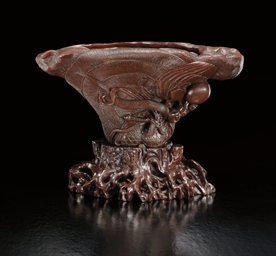


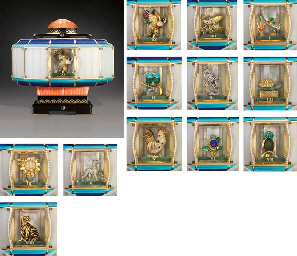
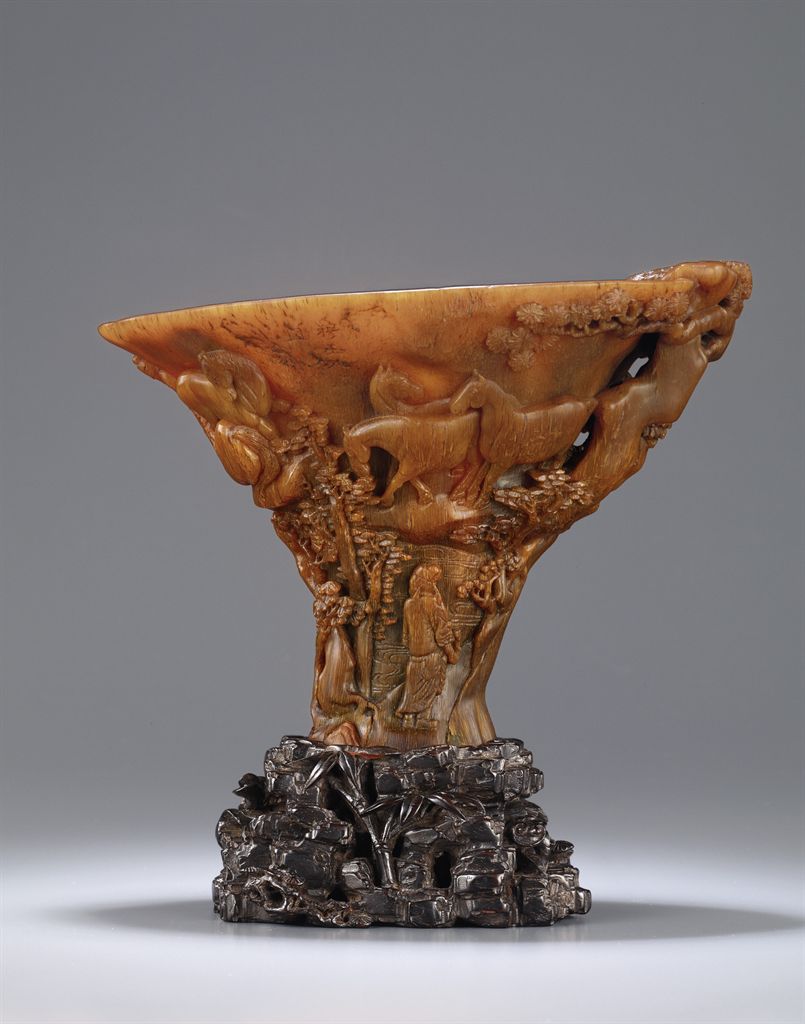

.jpg)

.jpg)
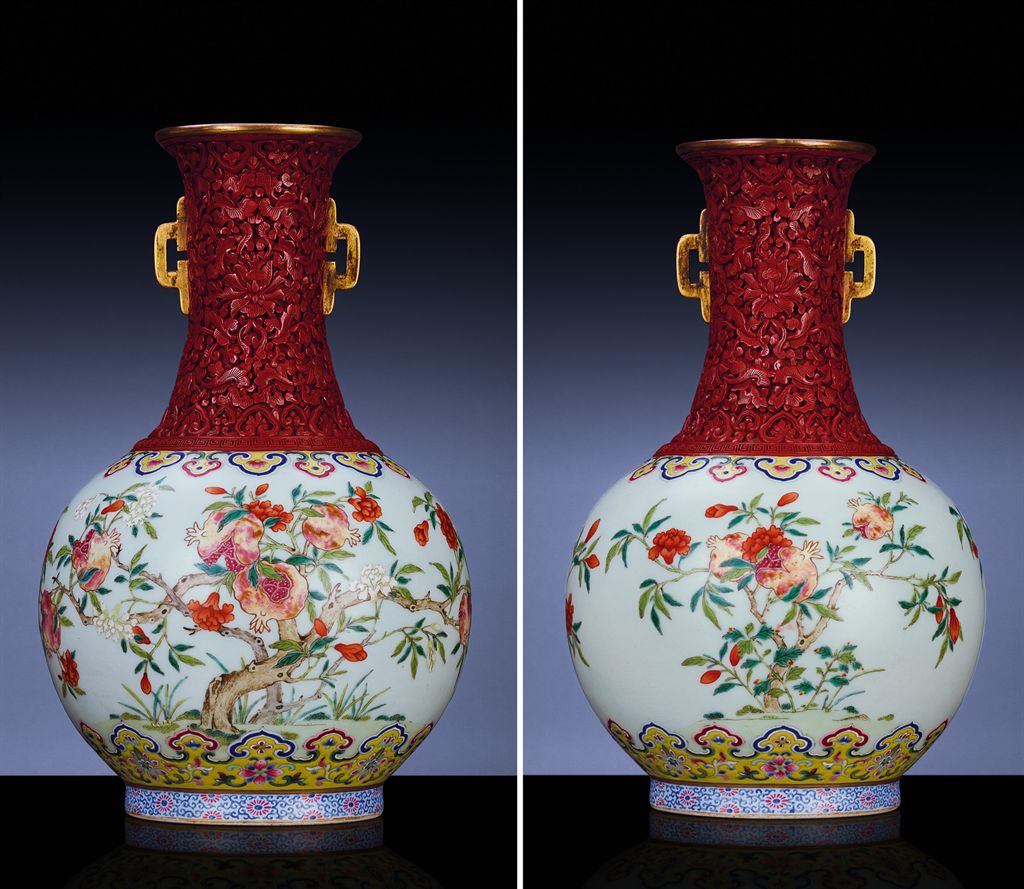
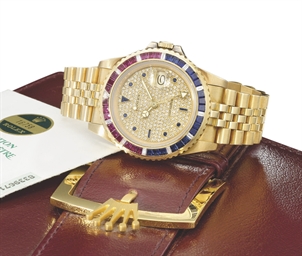

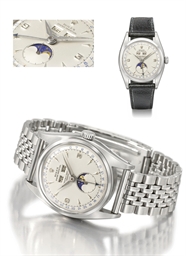
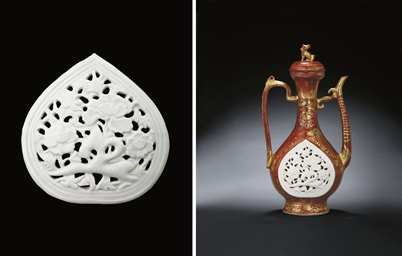
Try LotSearch and its premium features for 7 days - without any costs!
Be notified automatically about new items in upcoming auctions.
Create an alert